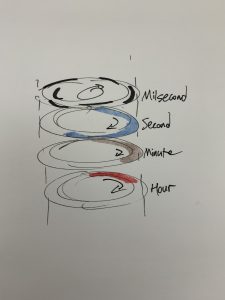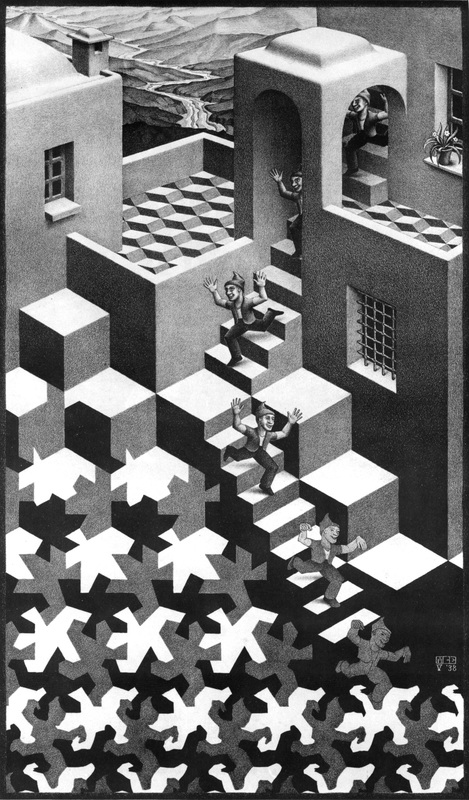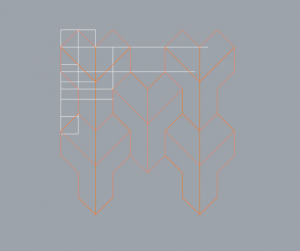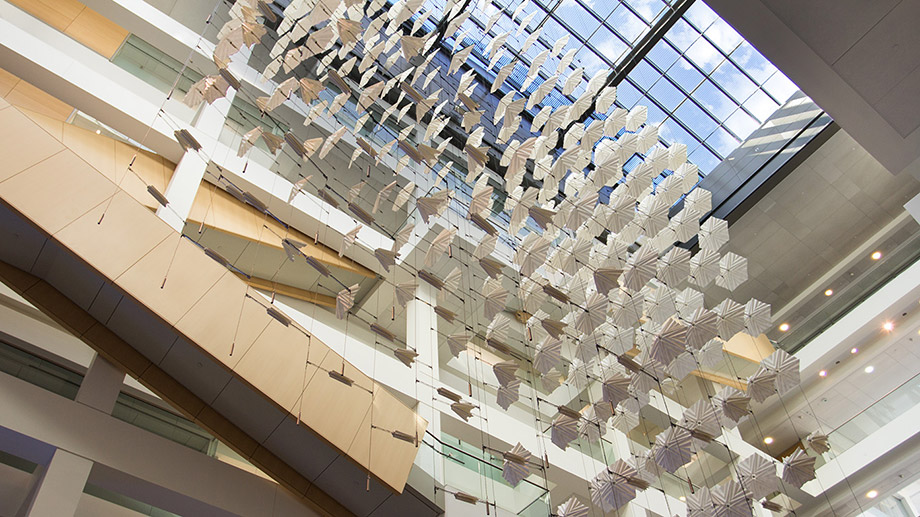Andrew Huang is a Youtuber/ musician who is known for his “Song Challenge” video series, which invites viewers to dare him in feats of musicianship, as well as for several viral videos feturing his music. The very unique talent of his is how he used unconventional recordings of pretty much everything as instruments to create his music pieces.
In this video of his, he challenged himself using random sounds that are sent from his Twitter followers to create a sound track. He didn’t specify any requirement of the sounds as long as they’re anywhere near useable for editing. And the sounds are recorded very randomly by his followers and used random recording devices. He explained in this video how he used various computational techniques to remix the sounds including pitch-shifting, pitch modulation, eqaulization, layering, etc.
What I appreciate the most is that despite how the sounds he picked are drastically different and totally random. His ability to manage all these sounds into a synchronized drop is very impressive. To his sensibility, there are quite much value from randomness, and things ignored by most people can often be picked up and become part of a great artwork. And it’s not only the sound, but also video editing part that really adds to the flavor of the whole experience.
![[OLD FALL 2018] 15-104 • Introduction to Computing for Creative Practice](../../../../wp-content/uploads/2020/08/stop-banner.png)














